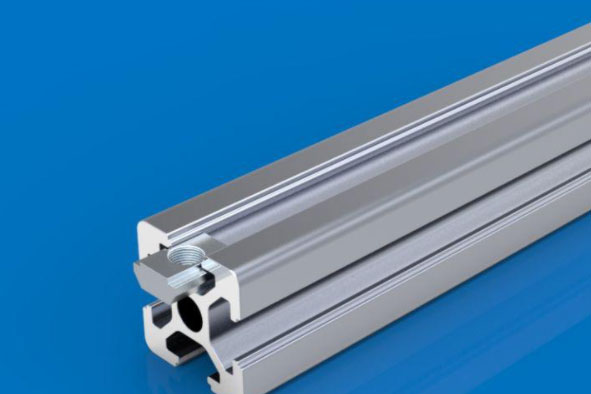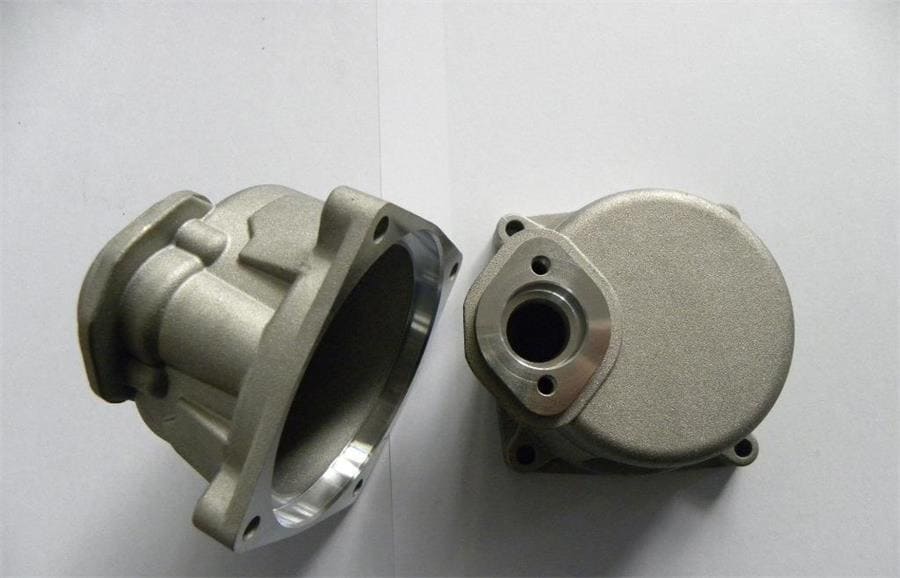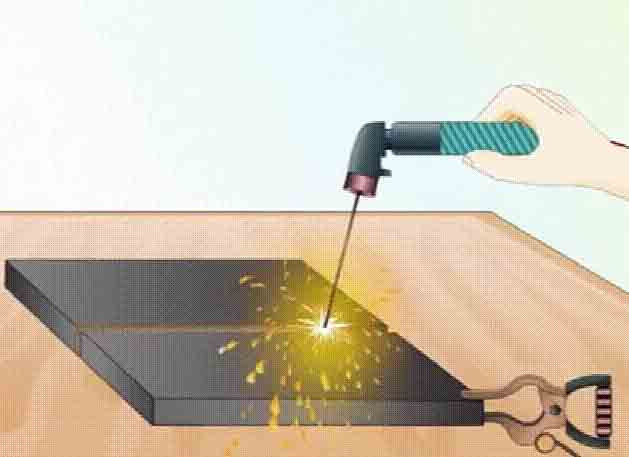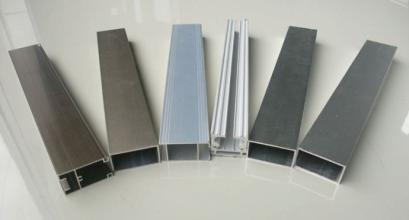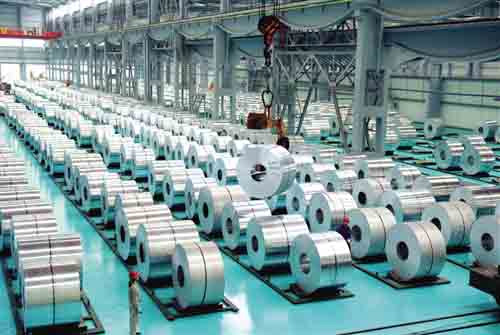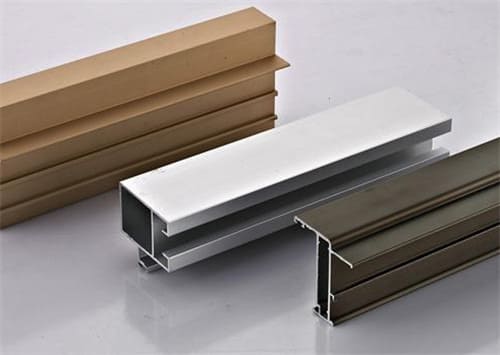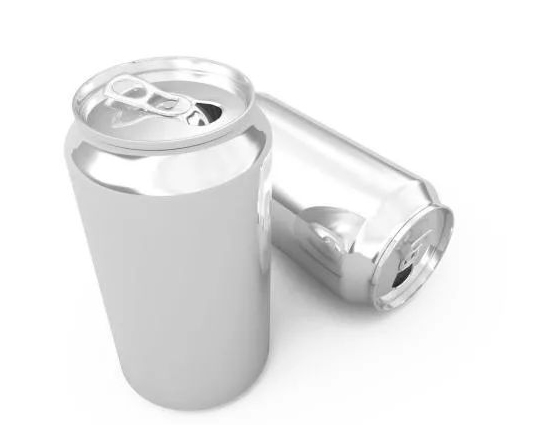Due to the durability and versatility of aluminum, aluminum is a material that is highly valued in various industries. Aluminum materials are generally used in the form of an aluminum alloy. The aluminum alloy type you choose will depend on a variety of factors, including the corrosion resistance level, aluminum integral strength, moldability, weldability, and the like.
Aluminum alloys 6061 and 6063 are the two most common extruded materials. Both alloys contain magnesium to increase strength and contain silicon to reduce the melting temperature. Aluminum public uses include transportation components, entertainment products, machinery and equipment and durable consumer goods.
They have many similar features that make some designers determine which kind of purpose for them. Although the difference between the alloys is very subtle, it is essential to know it before making a decision.
This article will help you understand the advantages and disadvantages of aluminum alloys 6061 and 6063 so that you decide which alloy is best for your project.

6061 Aluminum Alloy
A 6061 alloy commonly referred to as “structural aluminum” is a common and reliable alloy. As a 6000 series, it mainly forms an alloy with magnesium and silicon. Magnesium increases its strength, while silicon reduces its melting point. The international standards stipulate that for aluminum alloys treated as 6061, the magnesium content must be between 0.8 and 1.2%, and its silicon content must be between 0.4 and 0.8%.
6061 Aluminum is developed in 1935 and is one of the most widely used aluminum alloys. Aluminum 6061 has a variety of versions, including tempered 6061-T6 and 6061-T651 levels, as well as pre-tempered 6061-O grade.
6061 Aluminum is a good alloy choice for projects that require stronger material strength or structural support. Its most common uses include aluminum cans for packaging food and beverages for building a small multi-purpose vessel and for making aircraft components such as fuselage and wings. 6061 is also used to make bicycle frames, motorcycles, guns, camera lenses, etc.
6063 Aluminum Alloy
The 6063 aluminium alloy or the building aluminum can create soft anode oxidation to create a beautiful colored finish for visual buildings and architectural applications.
6063 AL’s common uses include window frames, door frames, roofs and marker boxes because high strength is not the most important factor.
It is also used in electrical components and catheters, pipelines, buildings and building products, railings, furniture, electrical, vessels and motor vehicles. 6063 is mainly used for exposed applications because it is more corrosion-resistant than 6061.
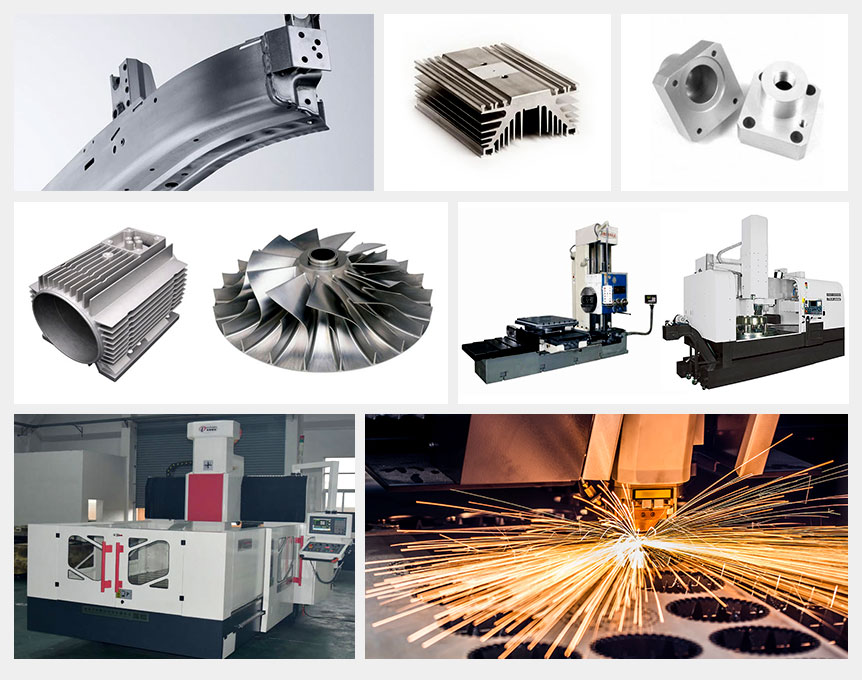
Aluminum 6061 vs. 6063 Comparison
When two options of 6061 or 6063 aluminum are compared, it is usually attributed to the use of extrusion, intensity or finishing options. 6063 Aluminum alloys are commonly used to customize extruded parts, with better formation characteristics, mechanical processing performance, and anodized processing options. Most people choose 6061 instead of 6063 when the application requires higher strength.
The following table provides direct comparisons between aluminum alloys 6061 and 6063, highlighting their differences, advantages, and disadvantages.
| 6061 Aluminum Alloy | 6063 Aluminum Alloy |
| The medium and high tensile strength between 241 MPa to 310 MPa depends on the tempering process. | Medium tensile strength is between 186 MPa and 290 MPa, depending on the tempering. |
| Good corrosion resistance. | Good to great corrosion resistance |
| Good workability, weldability, brazing, and machining. Suitable for extrusion and CNC machining. | Good workability, welding and brazing, have good machinability. Ideal for extrusion projects. |
| Good surface finish. | Very good surface finish, very easy to anode oxidation. |
| 0.0365 to 0.043 Ω · mm2 / m low resistance. | The resistance is slightly lower, 0.035 Ω · mm2 / m. |
| The relatively high thermal conductivity is 154 to 180 WM-1K-1. | 200 to 209 WM-1K-1 slightly high thermal conductivity. |
| Very versatility is used in a variety of industries. | Highly versatility, mainly because of its surface finish and easy extrusion. |
Application of the 6061and 6063 Aluminum Alloys
The application range of the two alloys is very wide, and some common areas are listed below, and they are not only used in these areas.
| 6061 Aluminium Alloys | 6063 Aluminum Alloys |
| Airplane and truck frame Chemical Equipment Electronic component Furniture Heat exchanger Electrical accessories Heat sink Marine frame Welding assembly | Building products Window and door frame Furniture Railing Pipeline Playground Equipment Oil storage tank Extreme sports equipment |
Conclusion: Which is better?
Finally, this blog has been able to compare and compare 6061 aluminum and 6063 aluminum. However, it is important to note that each of these aluminum alloy levels is best for specific items. Therefore, we cannot assert a better alloy than another. In addition, the best alloy depends to a large extent on project requirements. This means that although a better thing is done on a specific project, the other is also better on another project.
No matter what your specific application is, you need an aluminum supplier that can be a partner in your production process. If you have more questions or require CNC machining 6061 or 6063 aluminum, please call us immediately. Samples for testing can also be provided.









